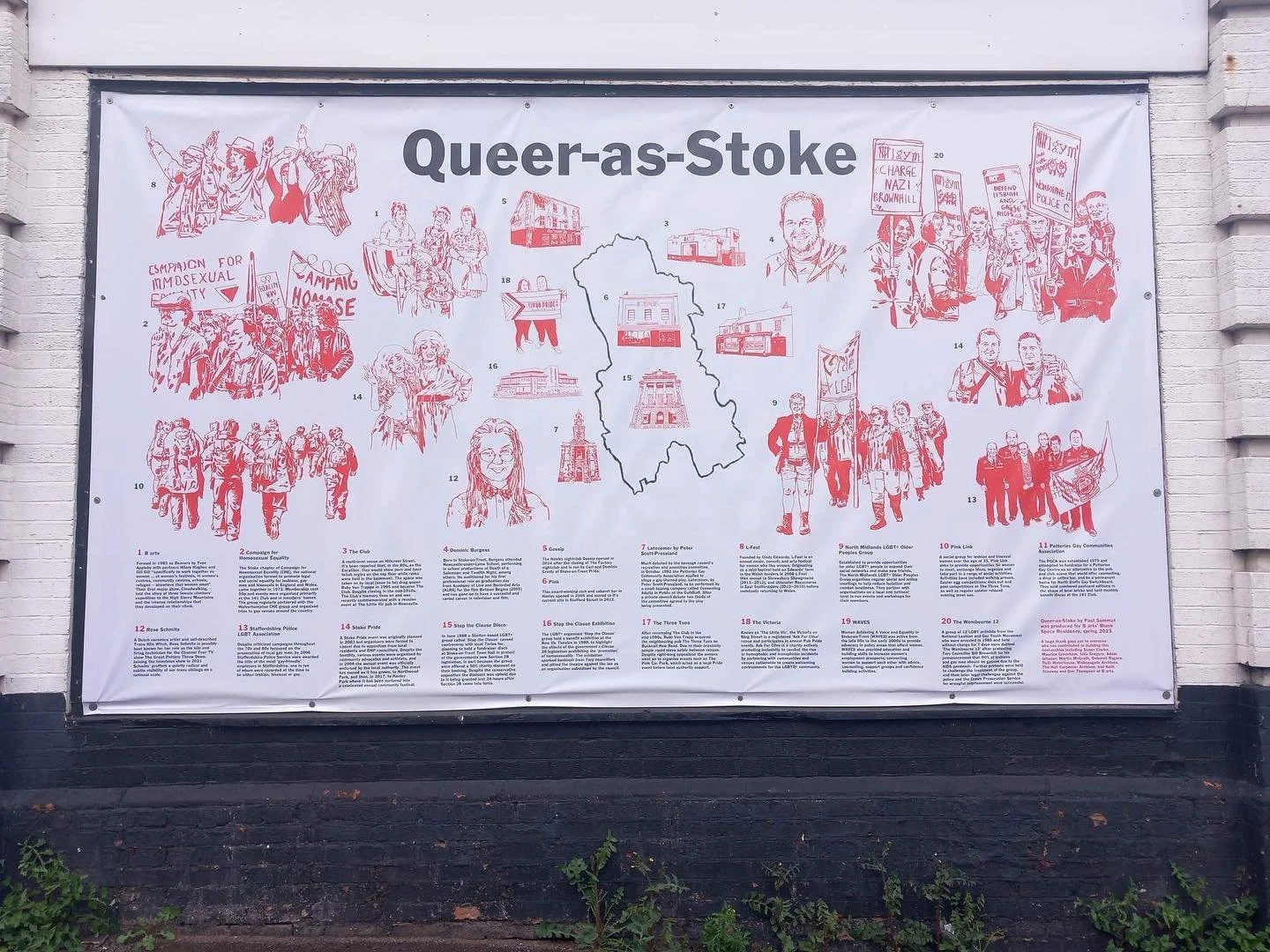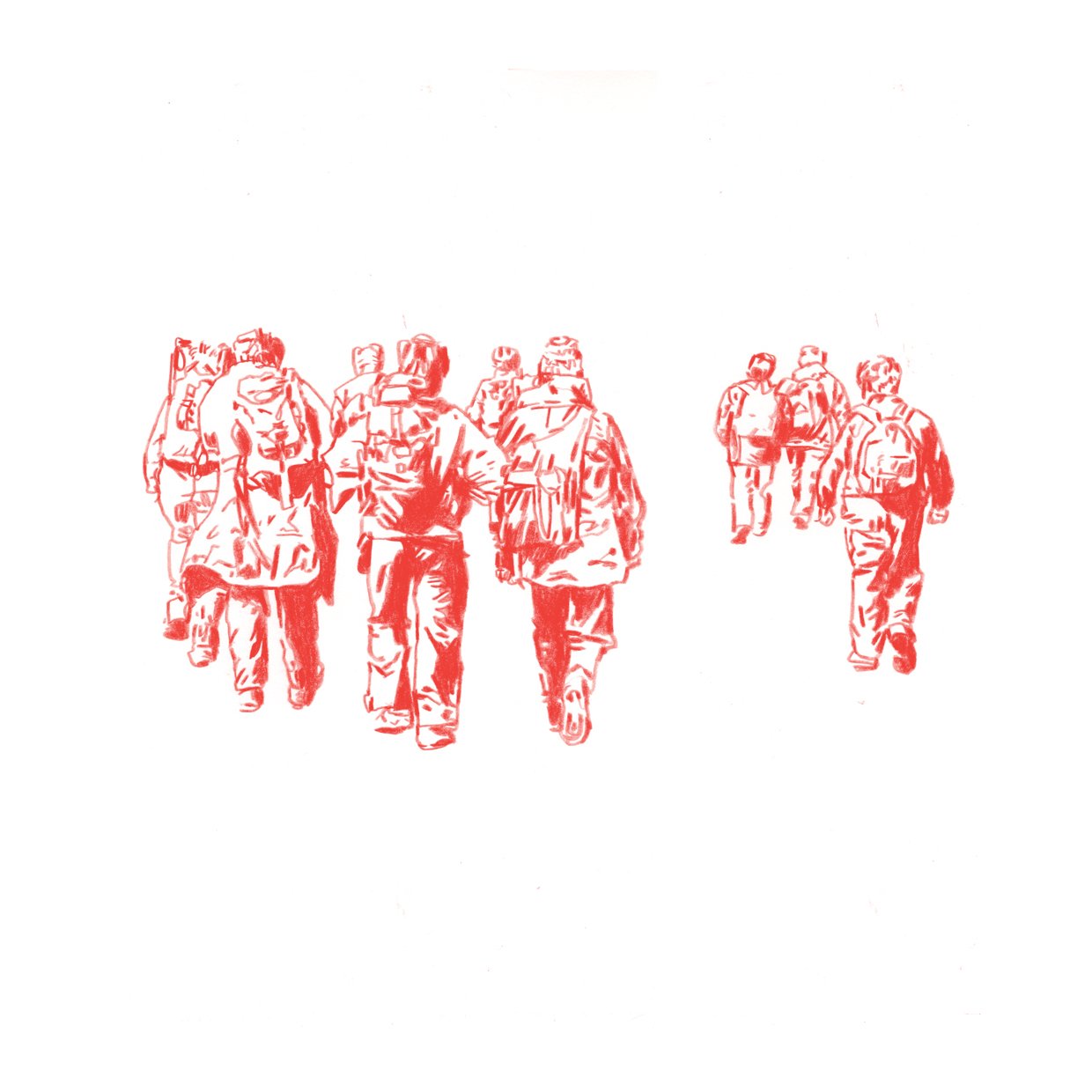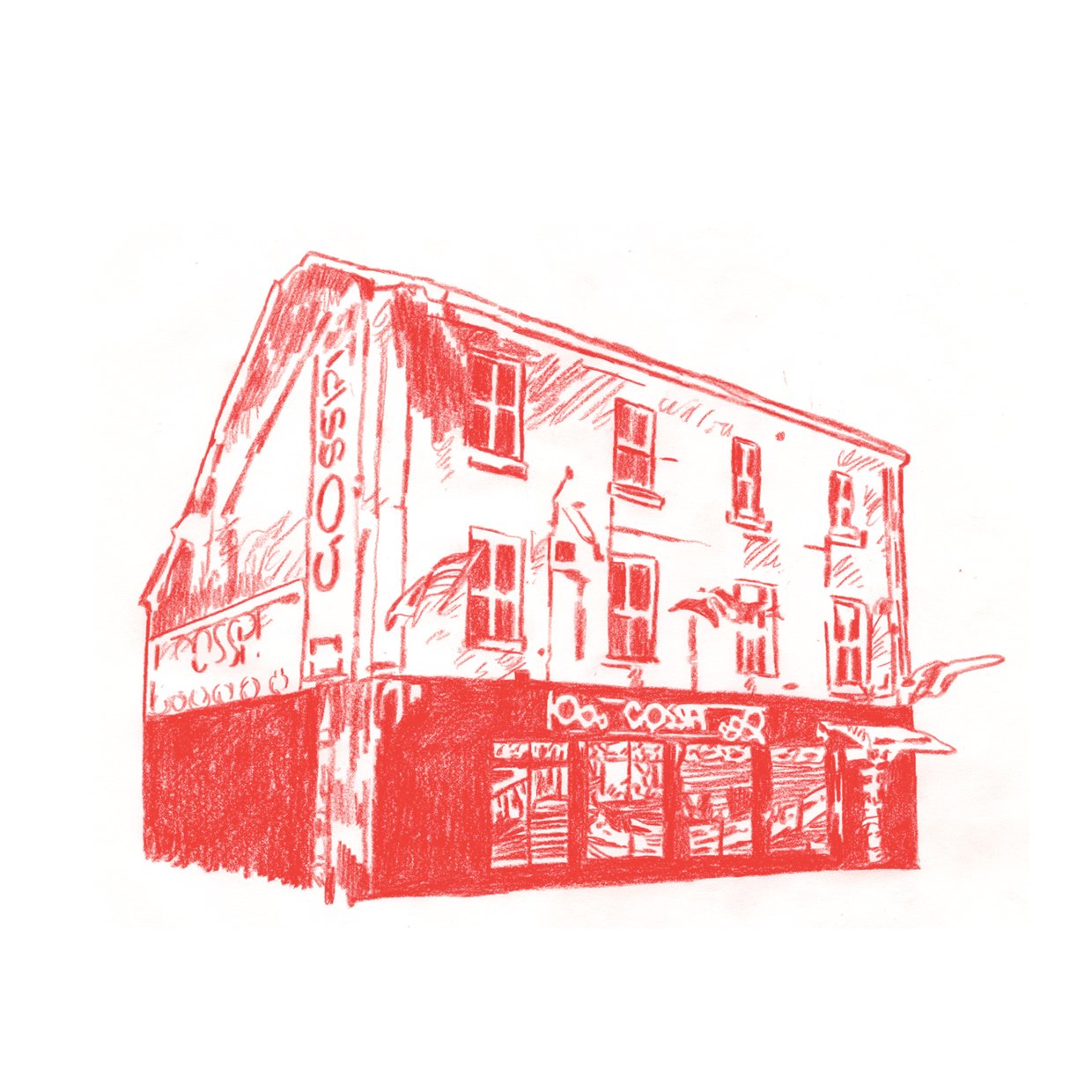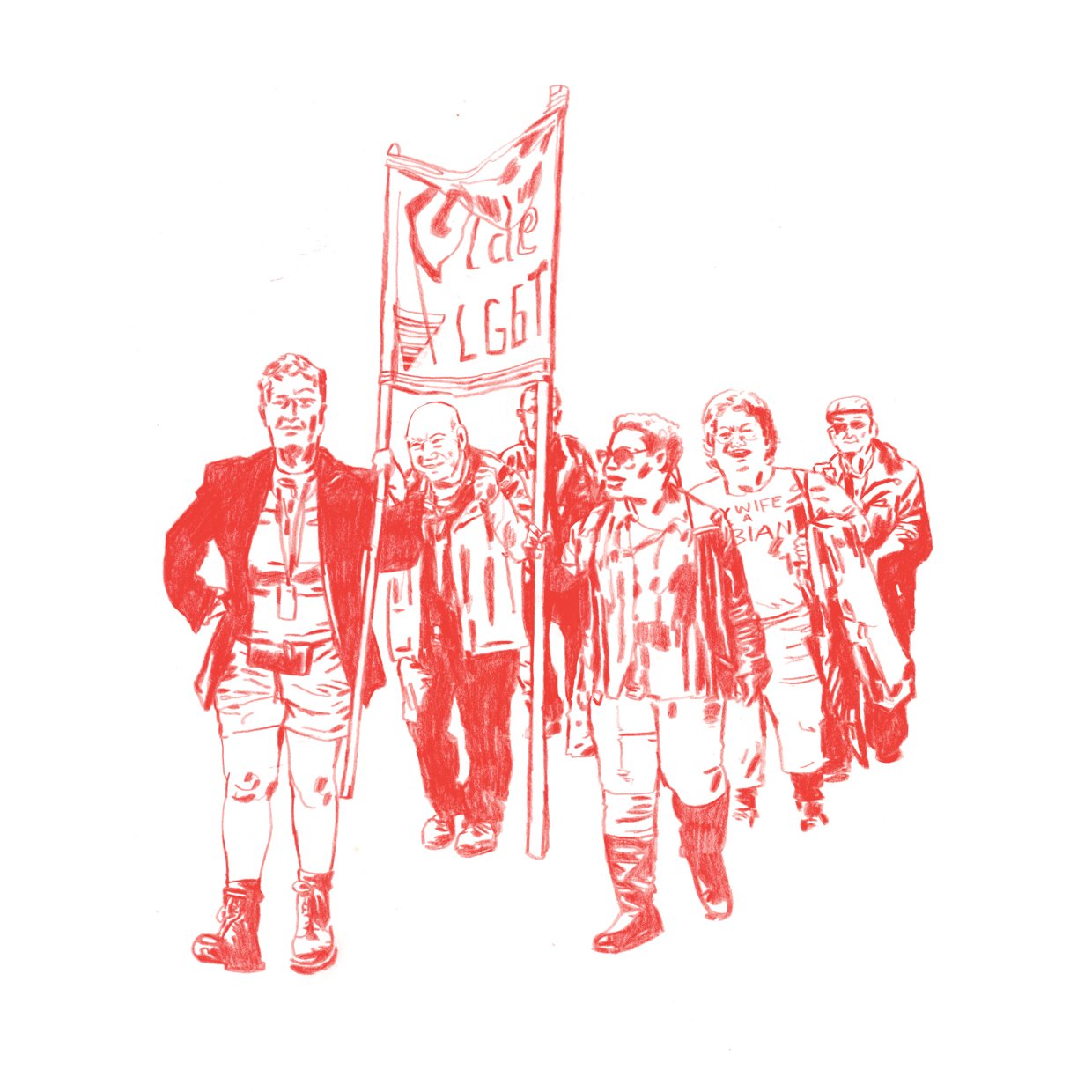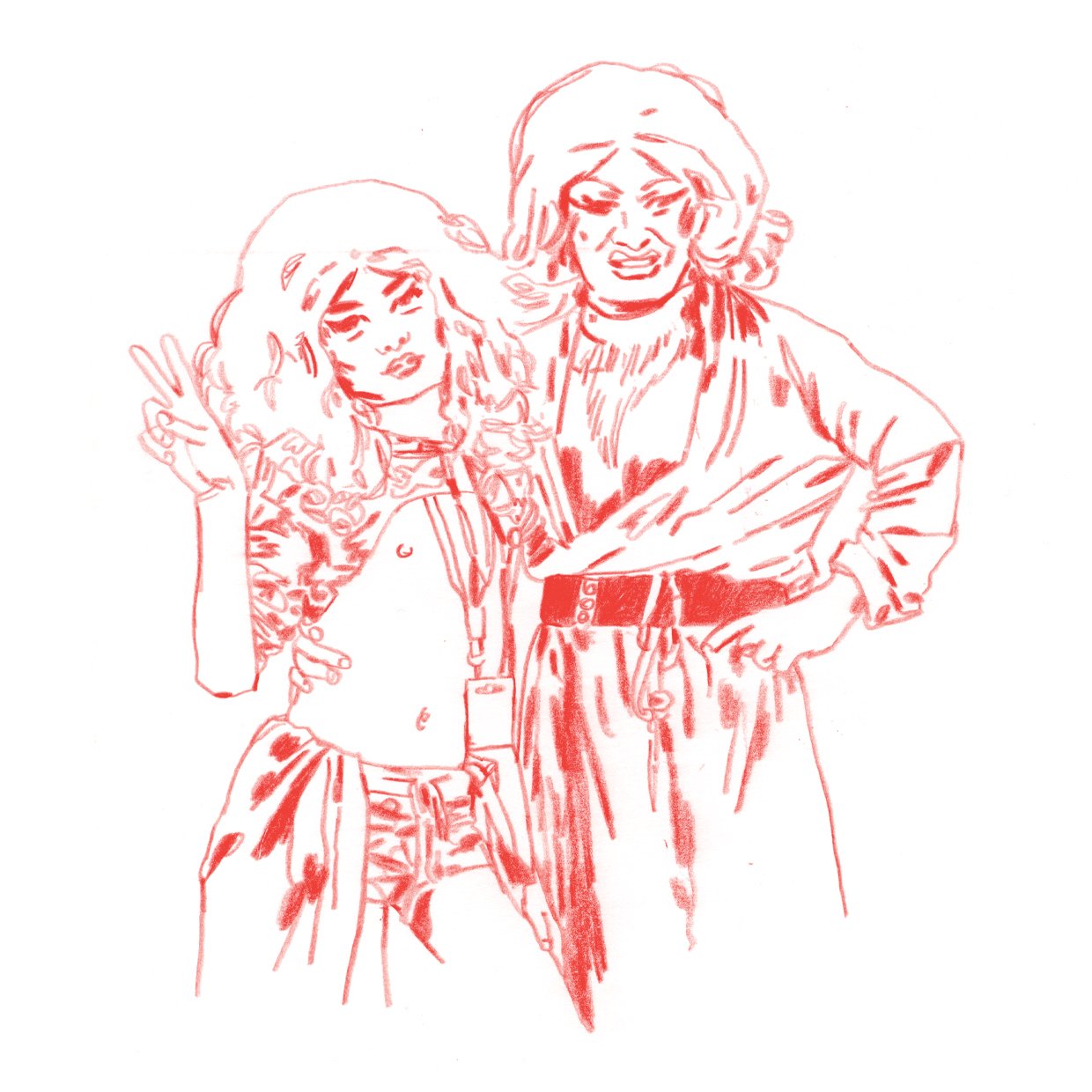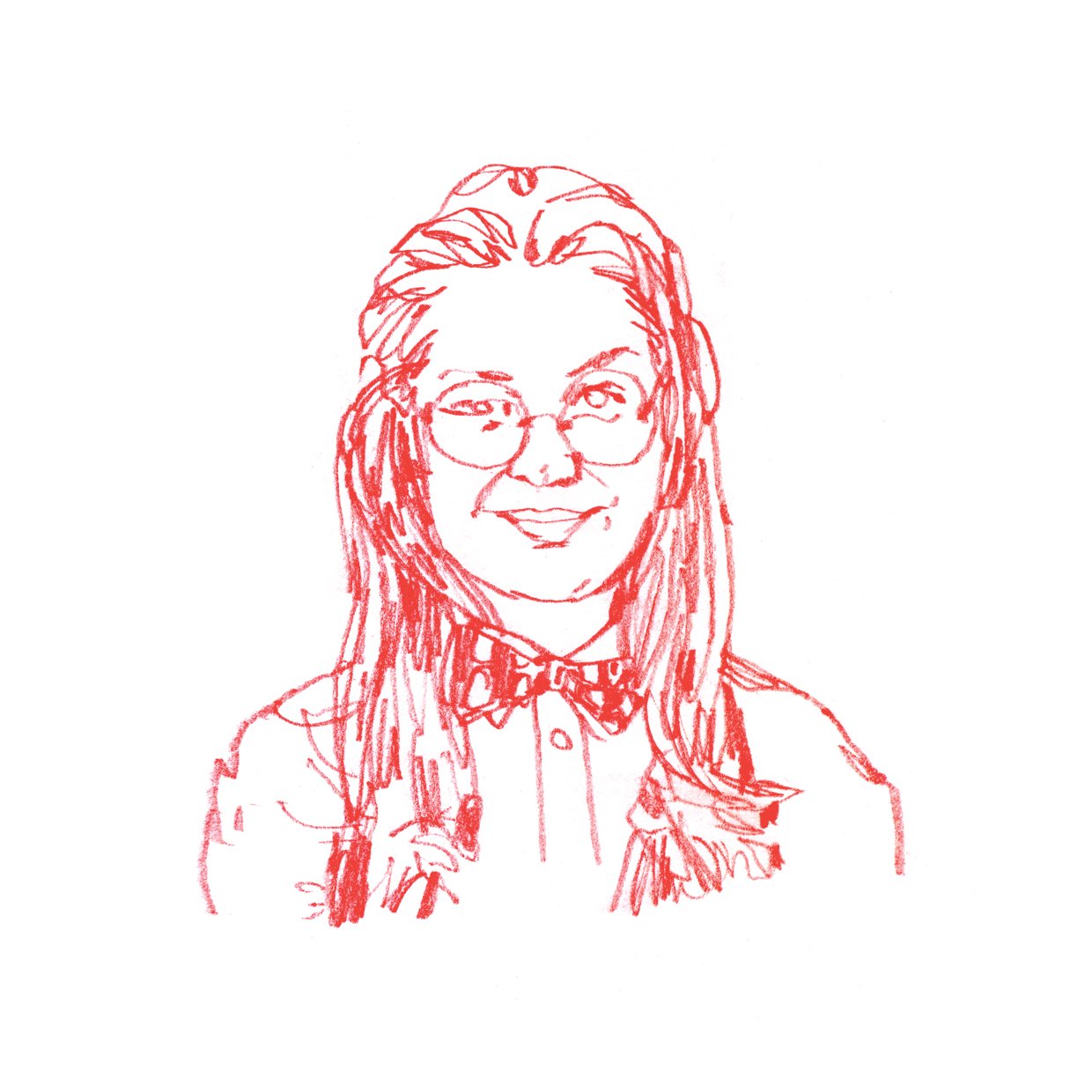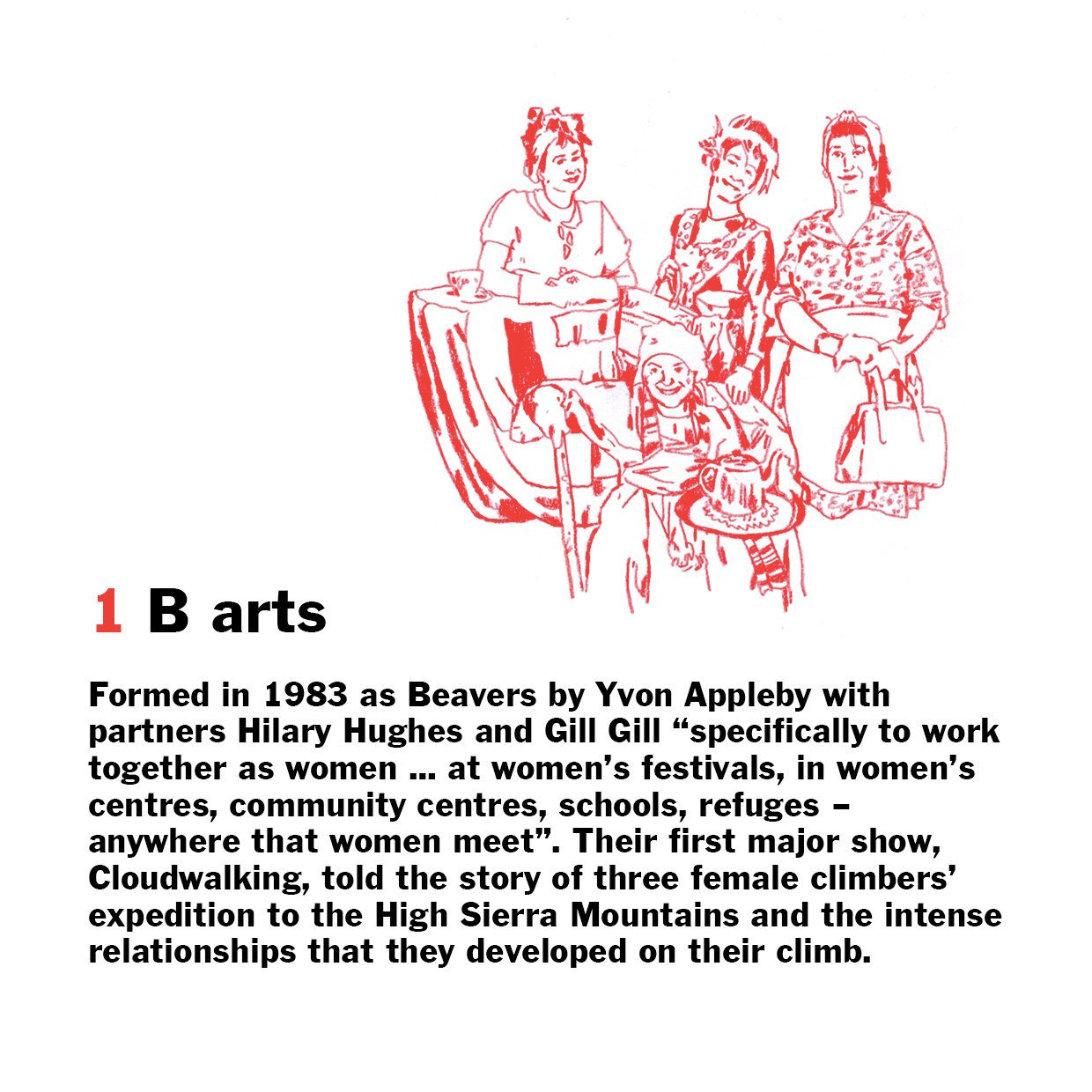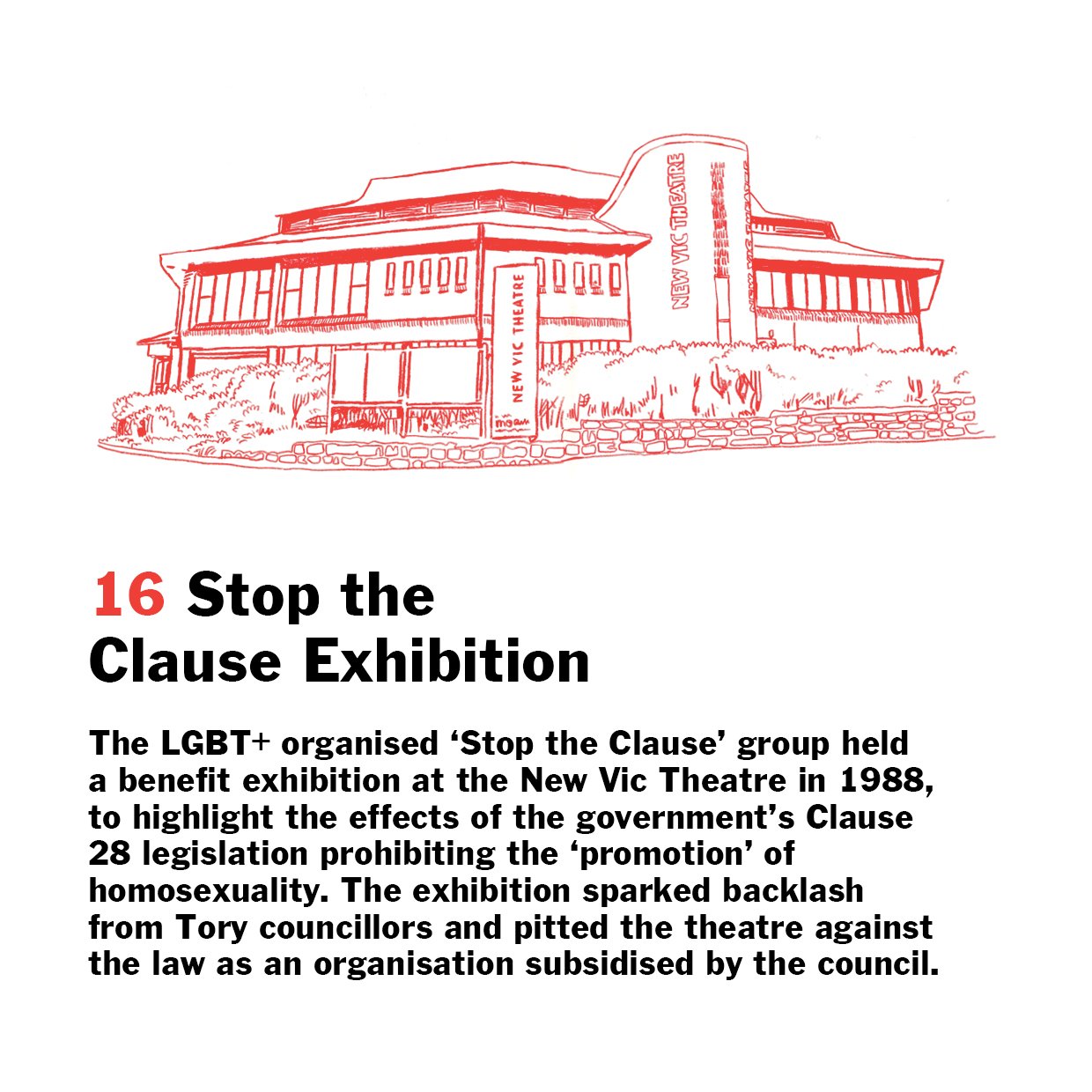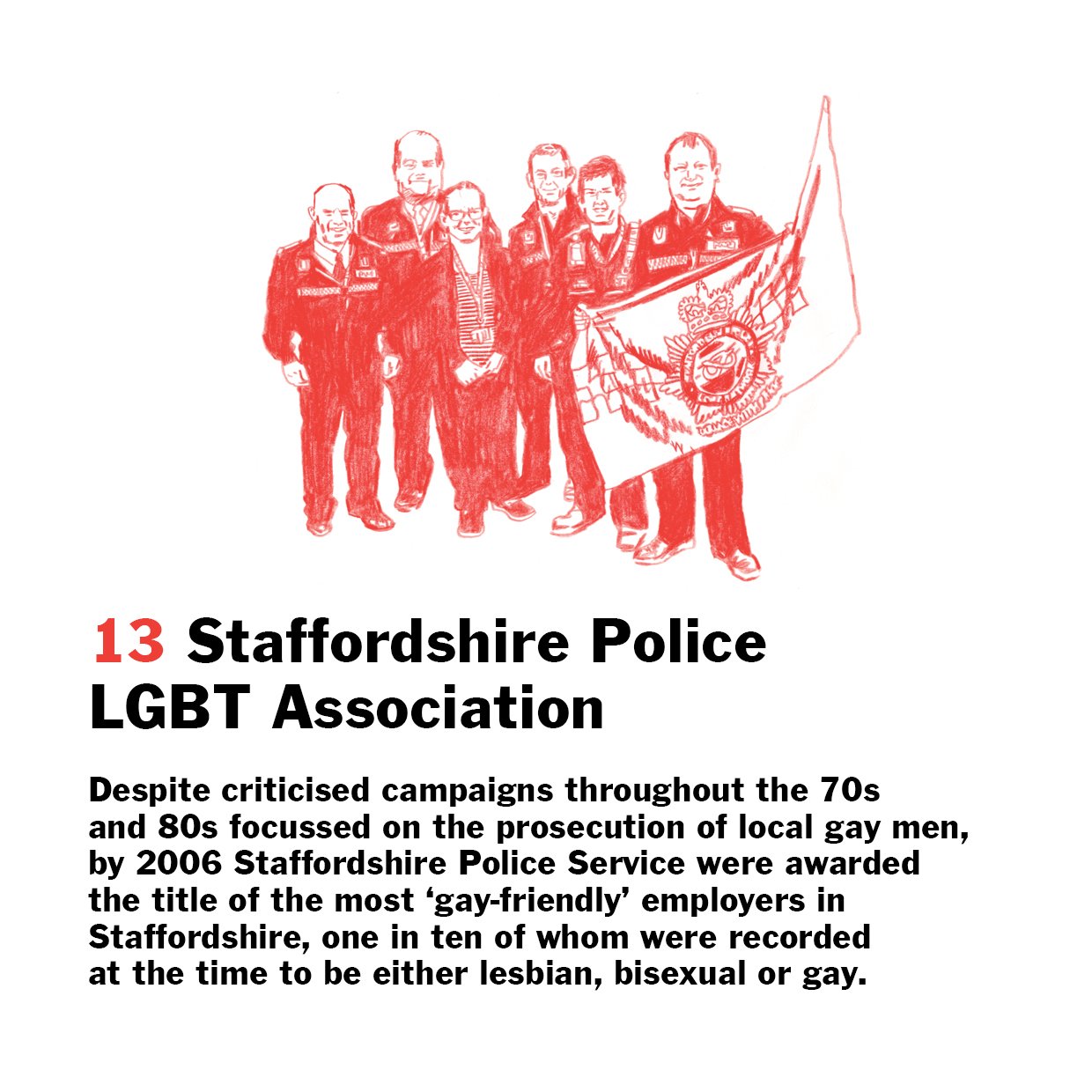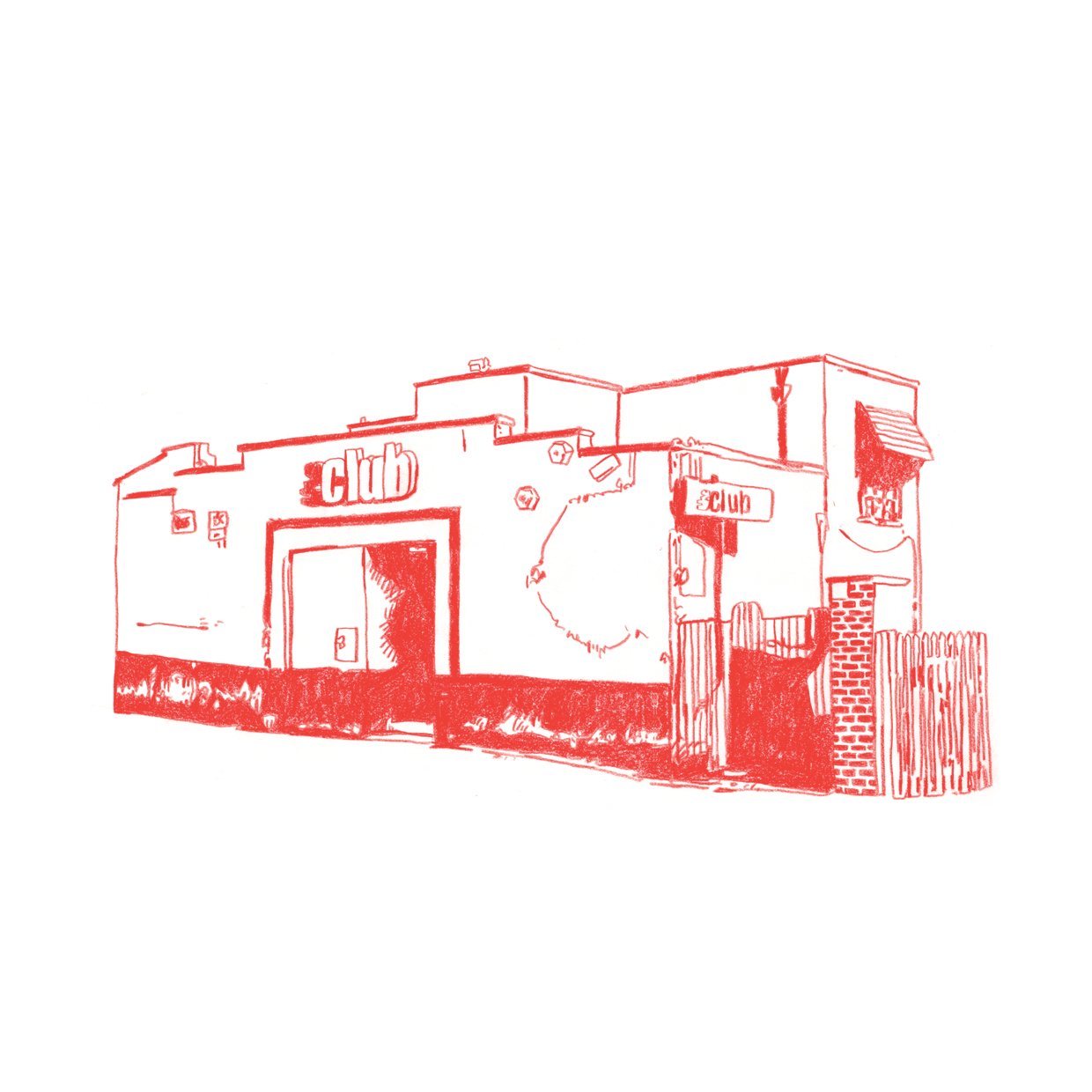Queer-as-Stoke
About the Artist: Paul Sammut
Paul Sammut is an artist and curator whose practice takes a research-based, affirmative approach with a focus on narrative forms, marginalised cultures and archival practices. Sammut has worked collaboratively under the name P.A.S.T. Projects with curator Alexandra Terry, run the DIY queer project space White Cubicle Toilet Gallery and is currently a member of the queer publishing focussed collective Strange Perfume.
An accredited Relational Dynamics Coach with a focus on working with artists, Sammut regularly holds coaching sessions and artist’s surgeries to aid in project development and realisation, both independently and for various institutions and organisations. From 2019-2021 Sammut curated Comic Velocity: HIV & AIDS in Comics, an expansive programme for the New York-based non-profit Visual AIDS, which included producing a series of podcasts, an exhibition, commissioning new works, and a publication.
About the work: Queer-as-Stoke
A response to B arts’ Blank Space Mini-Residency call out, Queer-as-Stoke began as an idea for a map of Stoke-on-Trent and the surrounding area, locating places and stories of LGBTQIA+ significance. As I collected stories from speaking to locals past and present, and researching online and in physical archives I realised that it wouldn’t be possible to pin point all of the relevant points on to a map, and that the information would be elaborated on with related drawings. The form of the work mimics a previous project for which I created an LGBTQIA+ archive for my hometown, which comprised of brief information points connected to objects I had both found and created. With Queer-as-Stoke the objects were replaced by drawings and anchored centrally by the outline of Stoke-on-Trent.
Due to this being a ‘mini-residency’ I knew that there would be a limit to the stories I would be able to collect, but I was elated to learn about the numerous people and groups that have been established in and around the area, often morphing from one organisation to another, and partnering with other nearby groups. As ever there was a gender imbalance in recorded information I found, which was challenged when I heard from women from the area who told me of women’s groups that weren’t explicitly for queer women but became points of connection, for example the local women’s football team.
I am curious for the reception of a project in such a public place and the responses elicited. My hope for the work is that it can be a joyous site for intergenerational conversation and, in demonstrating the long history of the LGBTQIA+ community in the area, helps to normalise the diversity of minority experiences.
If there is anything missing, we would love to share this with Paul, as this was hoped to be the beginning of a conversation about Stoke’s queer heritage. You can get in touch by emailing kath.stanway@b-arts.org.uk

